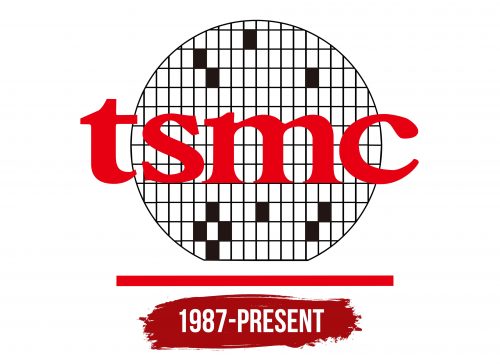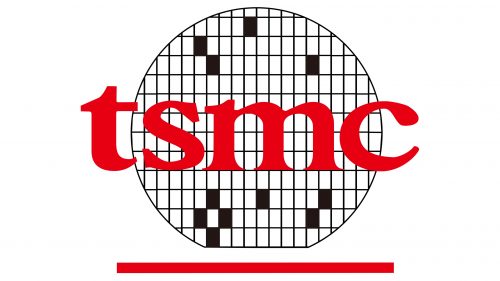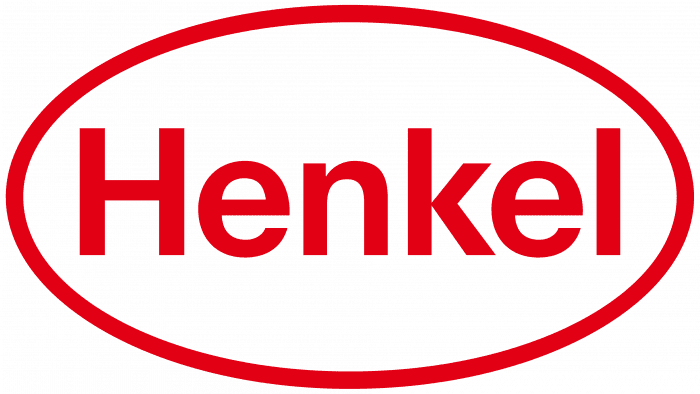The TSMC logo is not particularly innovative; it feels stuck in the past century, as it features a perforated surface reminiscent of the early days of programming. At the same time, the emblem reflects the reliability and stability of the semiconductor manufacturer for various electronic devices.
TSMC: Brand overview
Taiwan Semiconductor Manufacturing Company (TSMC) was established in 1987 in Hsinchu, Taiwan. The government of Taiwan launched the corporation to grow the nation’s high-tech sector. Morris Chang, the original chairman and creator of TSMC, was a seasoned executive in the semiconductor sector who had held positions at Texas Instruments and General Instrument.
TSMC invented contract semiconductor manufacturing, providing a distinct business model by producing chips for other companies without competing in the completed goods market. This enabled numerous businesses without production facilities to create and market their microchips.
The company established its first factory in 1988 to manufacture 6-inch wafers with a 2-micron technique. This laid the groundwork for its expansion and was a major milestone for the Taiwanese semiconductor sector.
The 1990s were a time of tremendous technological innovation and prosperity for the firm. It went public in 1993 and listed its shares on the Taiwan Stock Exchange, which brought in more money to invest in new technology and increase manufacturing capacity.
The organization accomplished a significant milestone in 1994 when it started mass-producing products utilizing a 0.5-micron manufacturing technology. This made it possible for the business to compete against the top producers of semiconductors worldwide.
The enterprise debuted on the global financial scene in 1995 when it listed its American Depositary Receipts (ADRs) on the New York Stock Exchange.
The introduction of the 0.18-micron process technology in 1999 cemented its leadership position in technology within the industry.
Further technological developments and an increase in production capacity characterized the 2000s. The firm started utilizing a 0.13-micron technology for mass manufacturing in 2002, then switched to a 90-nanometer process in 2004.
The year 2006 was crucial for global growth. The organization launched its first foreign factory in Singapore to lower risks and diversify its manufacturing capabilities.
With a 65-nanometer process, mass manufacturing began in 2007 and is still at the forefront of technology.
The beginning of production in 2010 using a 28-nanometer process was a major advancement in the downsizing of semiconductor devices.
The enterprise started working on a 7-nanometer process in 2015 after introducing a 16-nanometer process in 2014.
In 2016, Morris Chang resigned as chairman of the board, and Mark Liu took over as chairman.
In 2018, it implemented a 7-nanometer technology for mass production, solidifying its status as a global contract semiconductor manufacturer.
In 2019, the company started building a new plant in Arizona, USA, which was a big step toward growing its global footprint.
In 2020, it declared it would construct a state-of-the-art chip production facility in Arizona, USA. This $12 billion investment was a big step toward global expansion and improved standing in the US market. The plant was designed to be among the most advanced in the world, featuring 5-nanometer production technology.
For the firm, 2021 represented a major technological advancement. It started producing chips in large quantities utilizing 5-nanometer technology, which made it possible to develop processors for computers, smartphones, and other electronic devices that are both more potent and energy-efficient. This action strengthened its position as the industry leader in semiconductor technology.
In 2022, the organization continued funding cutting-edge chip fabrication technology advancement. It announced the development of a 3-nanometer process and the initiation of its pilot production. This technology could potentially increase microprocessor performance and energy efficiency gains, essential for developing 5G and artificial intelligence.
2023 was a significant year for the enterprise in terms of increasing its production capacity. It started working with Sony Group to build a new factory in Japan. As part of its ambition to expand its production territory and fortify relationships with important customers, it established this plant, which specializes in producing chips for the automotive sector and Internet of Things devices.
The company took a major step toward sustainability in 2024 when it announced plans to switch to 100% renewable energy sources for all its manufacturing locations by 2050. In addition, the organization developed innovative techniques to lower water usage in the chip-making process, which helped alleviate water scarcity in areas with dry weather.
The firm continued strengthening its global leadership in semiconductor manufacturing by extending its production area and investing in cutting-edge technologies.
Meaning and History
What is TSMC?
It is a semiconductor foundry company based in Taiwan. It specializes in the manufacturing and producing integrated circuits (ICs) and other semiconductor devices. The company is known for its advanced technology and manufacturing processes, providing foundry services to customers, including major technology companies that develop and sell semiconductor products. The company’s expertise in advanced technologies, such as 5nm and 3nm process nodes, gives it a leadership position in the semiconductor industry, supporting the production of chips used in various applications, including consumer electronics, automotive, and telecommunications. The brand plays a critical role in the global semiconductor supply chain, contributing to developing advanced electronics and digital technologies.
1987 – today
The company has kept its emblem unchanged for many years, contributing to its excellent recognition in the industry, as both partners and customers have become familiar with its appearance. Additionally, sticking to one logo signifies that the brand takes pride in its heritage and respects its origins since the abbreviation TSMC comes from its original name, Taiwan Semiconductor Manufacturing Company.
Due to the desire to preserve the emblem in its original form, it now appears outdated. It reflects trends popular in the 1970s and 80s, which don’t align with the progressive nature of the company’s work. Overall, the logo consists of three main components:
- Text (the name in the foreground);
- Background (a perforated circle behind it);
- Line (a wide bar at the bottom).
The text is written in a serif font. Despite the lowercase letters, they appear heavy: the extra-bold serif typeface doesn’t give the impression of lightness or simplicity, which a semiconductor manufacturer might aim for. Instead, it fills the visual identity with a sense of antiquity, as only sans-serif fonts tend to convey a feeling of progress and modernity.
The strokes of the letters alternate between thick and thin, but this doesn’t add any dynamism to the design—they feel like a solid obstacle to innovation. This attachment to heritage works against the brand’s image, as it fails to present itself as a forward-thinking leader.
The red text is set against a black-and-white circle, symbolizing the early days of semiconductors. They inspired it, as it resembles a grid with both filled and empty cells. These small segments slice up the background into sections. While this design effectively represents the Taiwanese company’s specialization, it interferes with the readability of the text, creating too much visual noise. The circle is cut off at the bottom to demonstrate stability.
The third design element is a long, horizontal, wide, and red underlining stripe. Its purpose isn’t entirely clear, but it adds stability to the emblem: the large circle might seem like it could roll away without the line. In this sense, the line acts as a stopper, conveying that the company has everything under control. The stripe is smooth, straight, and minimalist, bringing a touch of modernity to the visual identity.
The TSMC logo’s color palette is classic, featuring traditional colors: red, white, and black. Each combination is standard. The most prominent color is red. It exudes brightness, energy, and appeal, drawing attention. Black adds sophistication and practicality to the emblem, while white symbolizes purity and transparency. However, these colors are used in such small details that the monochrome background introduces a lot of visual clutter, making it difficult to focus on the rest of the design.






